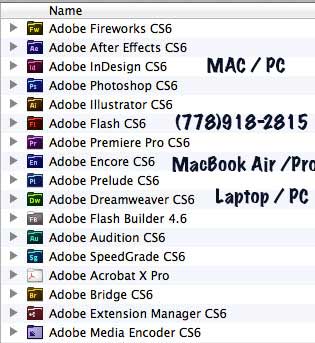
- Windows 2008 server critical updates no dc restart how to#
- Windows 2008 server critical updates no dc restart archive#
- Windows 2008 server critical updates no dc restart full#
Windows 2008 server critical updates no dc restart full#
Manage your core server from a machine with Full GUI using RSAT.

Configuring your server to take advantage of the reduced requirements.
Windows 2008 server critical updates no dc restart how to#
I am going to show you how to switch between Windows Server Core Mode and the full GUI mode the easy way, Based on my several years of experience to figuring out the “best way” of doing it. It was a one-way trip.īut now in Windows Server 2012, you have the option of switching between modes. Depending on how you switch, your experience is either simple, or requires a bit more time and effort. What if we need need it for some reason?”.īack in Windows Server 2008, you selected whether you want Core or Full GUI. This is normally followed closely by “My staff only know how to use the GUI. “How would I manage the switch to Core?”. There are many compelling reasons to switch from Full GUI to Core, but the question that comes up most often involves management. Security benefits of this switch include: Having less code and tools on a system makes it harder to attack, and once compromised, it makes it less useful to the attacker. The additional performance gains and improved uptime is nice, but even without these benefits, some still prefer to run Core from a security perspective. Windows Server Core Mode Security Benefits The more stable and robust your platform is, the lower the potential for lost log data.
Windows 2008 server critical updates no dc restart archive#
Performance benefits include:įor Fastvue Reporter running as a syslog server, the uptime is vital because messages can be missed and only caught much later when the historical log archive rolls over at midnight. The most obvious reason for converting to Core is performance: you get more bang for your buck on the same hardware by reducing unused operating-system components from running.

Why would anyone want to do that? Here are a few reasons for switching: Windows Server Core Mode Performance Benefits This is similar to a Linux box without X-Windows. You can run a fully functional Windows server without a GUI installed locally on the server. Many people are aware that Windows is a GUI-based operating system but did you know that since Windows Server 2008, Microsoft has been working hard to make the Windows GUI an optional add-on? The ability to easily switch between Server Core and Desktop Experience was unfortunately removed in Windows Server 2016. Update: The following article applies to Windows Server 2012 (including R2). Because of this, we can use the lighter, more-efficient operation modes in Windows Server 2012 and above to switch from using the Full GUI mode to using Windows Server Core.

After the initial installation, there is no need to connect directly to the server via RDP session or console. One of the great things about the Fastvue Reporter platform is that the entire application is web-based.


 0 kommentar(er)
0 kommentar(er)
